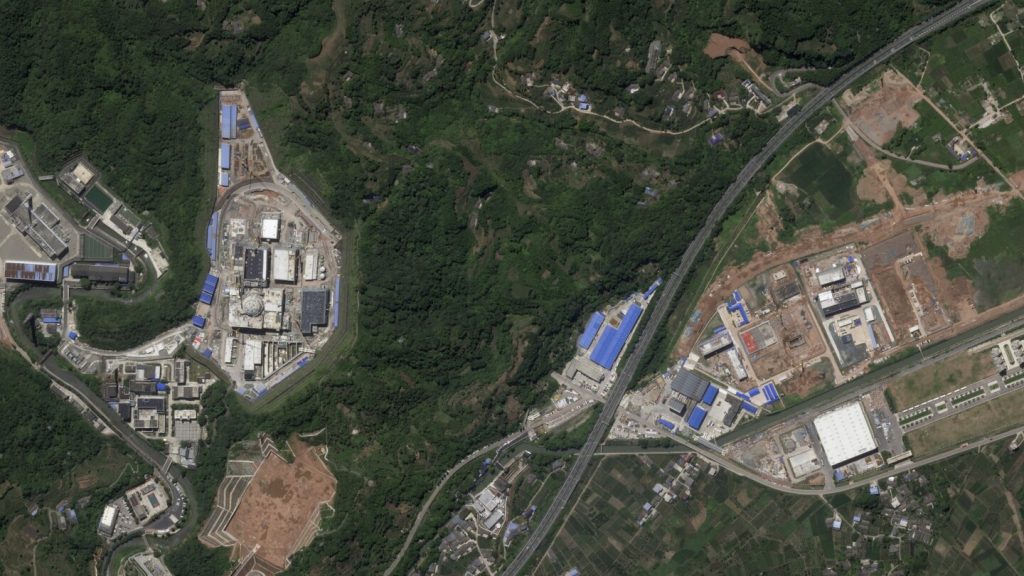China has made significant progress in developing a nuclear-powered aircraft carrier, according to a new analysis of satellite imagery and Chinese government documents. The construction of a land-based prototype nuclear reactor for a large surface warship indicates Beijing’s advancement towards producing its first nuclear-powered aircraft carrier. This development is seen as a major step towards realizing China’s ambition of becoming a first-class naval power capable of operating globally. The move would elevate China’s status in the international arena and enhance its national prestige.
Researchers at the Middlebury Institute of International Studies in California identified a mountain site outside the city of Leshan in the southwest Chinese province of Sichuan, where a prototype reactor for a large warship is being built. The project, known as the Longwei Project or Dragon Might Project, is linked to China’s Nuclear Power Development Project. Satellite images and public documents helped confirm the existence of a nuclear-powered propulsion system being developed for a carrier-sized surface warship. The construction of the prototype reactor is a significant milestone in China’s efforts to join the exclusive club of nations operating nuclear-powered aircraft carriers.
The project at Leshan, under the control of the Nuclear Power Institute of China, involves the development of a prototype reactor for naval propulsion. The facility, known as Base 909, houses the reactor, which is expected to be operational soon. The project’s association with China’s Ship Research and Design Center, responsible for aircraft carrier development, indicates that the reactor is intended for installation on a large surface warship. The findings suggest that China is progressing towards building a nuclear-powered aircraft carrier, a development that would significantly enhance its naval capabilities.
While the research does not provide a timeline for when a Chinese nuclear-powered carrier could be built and operational, analysts believe that China is working towards developing a nuclear propulsion system for its naval surface ships. The addition of nuclear power to China’s carrier fleet would provide greater flexibility and endurance for operations in strategic locations, including challenging territorial disputes in the First Island Chain area and the South China Sea. The move would also place China in direct competition with the United States, which currently operates a fleet of nuclear-powered aircraft carriers.
China’s pursuit of nuclear-powered carriers reflects President Xi Jinping’s vision of building a “first-class” navy and becoming a maritime power. The country’s recent white paper on national defense highlights its shift towards missions in far seas and its emphasis on maritime capabilities. Despite lagging behind the U.S. Navy in certain aspects, China’s rapid modernization of its fleet and the development of new carriers have raised concerns within the Pentagon. The focus on naval expansion and the development of nuclear-powered carriers signal China’s ambitions to project power beyond its shores and challenge existing maritime powers.


